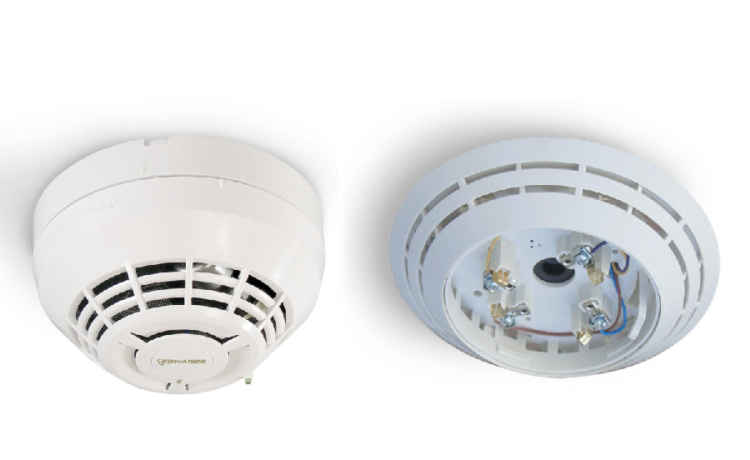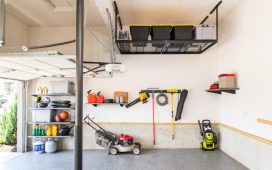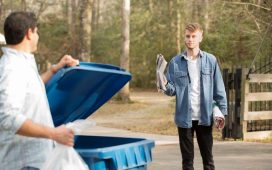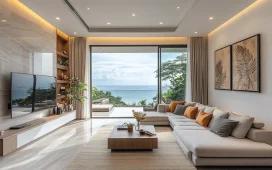On January 1, 2021, a new law went into effect. Verify your applicability. Fall has arrived, which means it’s time for the NYC construction industry to start planning to comply with the new building code rules that will take effect.
Local Law 191 of 2018 is one of the more substantial revisions. LL191 mandates the installation of carbon monoxide detectors in existing commercial buildings with fuel-burning appliances and fire protection systems in Group A-1, A-2, A-3, B, or M occupancies by January 1, 2021, in accordance with the state’s Steven Nelson’s Law. This will include Indoor public assembly spaces (other than indoor sporting arenas, which fall under A-4).
- Office spaces, including certain libraries and educational facilities.
- Restaurants (since they can fall under either public assembly or Group B).
- Stores, including department stores, drug stores, and other retailers.
Although it retroactively applies widely, this clause is crucial. Commercial buildings had long been exempt from carbon monoxide alarm or detector requirements, even though any enclosed space with fuel-burning appliances can pose a risk of CO poisoning. This is despite the fact that carbon monoxide alarms or detectors were already required in residential and some institutional occupancies. However, a carbon monoxide leak in a Long Island restaurant in 2014 that tragically revealed the mistake and killed restaurant manager Steven Nelson while injuring 30 others led to the passage of Steven Nelson’s Law in 2015.
This information can help you determine whether LL191 may apply to your building.
Where is the need for CO detectors?
- Rooms with equipment that burns fuel or produces CO (except kitchens).
- Any hallway on the floor containing the aforementioned CO-producing machinery, as well as one story above and below.
- Any corridor on a floor including a loading dock or enclosed parking area, as well as the floor above and below.
- within said enclosed garage or loading dock, offices or booths.
The CO detector shall comply with Section 908.7.3.1 of the 2014 NYC Building Code and shall:
- Have bases with sounders integrated/in-built.
- Send a signal to the main monitoring station.
- Start an audible and visible supervisory alarm at a place that is always manned.
- If the source is a generator, turn off any CO-producing equipment in the same room.
- be set up in compliance with the New York City-specific 2015 edition of NFPA 720.
- to meet the requirements of UL 2034 and UL 2075.
How can I obtain approval for this?
- You must submit a fire alarm application to the FDNY via their FDNY Business portal since carbon monoxide detectors are classified as Fire Protection Systems.
- The FDNY review timing is projected at 8-10 weeks for completion of first reviews, plus 8-10 weeks for resubmissions in case of objections. With the January 1 deadline nearing, speed is of the essence.
- Please determine if your building complies with the revised specifications and begin submitting it right away. Please get in touch with us at TheCotocon Group – Local law 87 Consultants if you need help filing in accordance with the new regulations.







